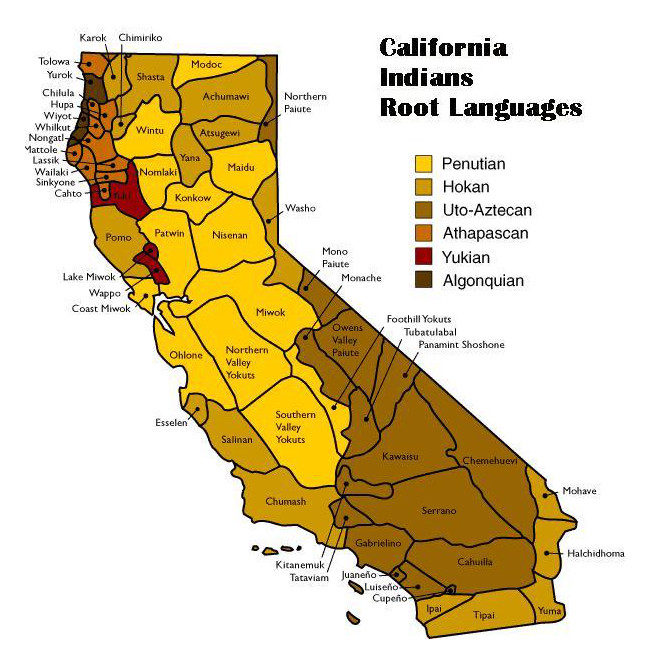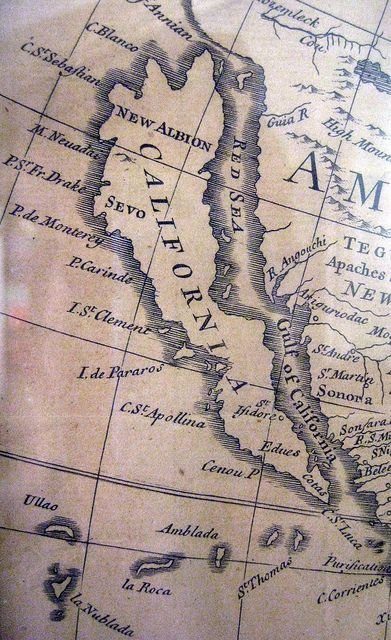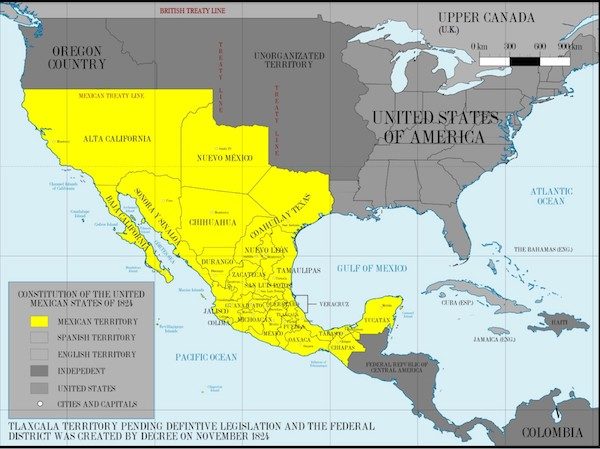The U.S. state of California came into existence in 1850, but California itself is much, much older.
1. Before contact with Europeans

The area we now think of as California was home to hundreds of Native Californian groups with astonishing linguistic and cultural diversity, largely stable over thousands of years. Each language group might represent a dozen distinct peoples, each with their own dialect and way of life. Native Californians today are working to keep their languages and cultures alive, often working in partnership with the public university system.
2. California, the Magical Island

Early Spanish explorers were the original “California dreamers,” believing California was an island, possibly home to gold, gryphons, and an Amazon queen. The name “California” comes from the Spanish chivalric romance novel Las Sergas de Esplandán, published in the early 1500s.
3. Alta California

The province of Alta California was founded in 1804. It was first part of New Spain, and then, after Mexico gained independence in 1821, part of Mexico. Alta California had its own democratically elected legislature (la diputación).
Alta California was itself declared independent several times, most notably, in 1836, by its own legislature, and in 1846, by the Bear Flag Rebellion, a small group of American immigrants. Alta California was then occupied by the United States military and formally annexed by the United States in 1848.
—TIC Staff
